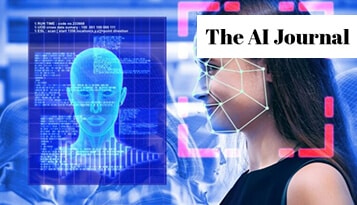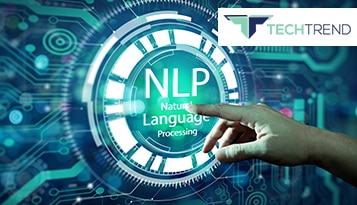Artificial intelligence (AI) has made it possible to understand and recognize human emotions through facial expressions, body language, gestures, and voice tones. Emotion recognition algorithms, deployed with facial recognition technology, are being used in various applications such as marketing, product development, and surveillance.
AI-based emotion recognition works by assessing an individual’s reaction to a stimulus based on six basic emotions: fear, anger, happiness, sadness, disgust, and surprise. The algorithms use advanced technologies like machine learning, deep learning, and computer vision to analyze facial features and expressions.
To ensure accurate results, AI programs must be trained with high-quality, unbiased data that has undergone keypoint annotation. The applications of emotion and facial recognition in AI include psychological and neuroscience diagnosis, surveillance and security, marketing and advertising, and customer service.
However, the effectiveness of AI in emotion recognition is highly dependent on the quality of training data, and there are concerns about biases, privacy, and the potential for misuse. While facial recognition is widely adopted, the addition of emotion recognition has led to some bans in certain states in the USA due to potential biases towards ethnic, cultural, and religious minorities.
Shaip provides data annotation services to improve data quality for authentic response generation in AI systems for emotion recognition.
Read the full article here:



